How to make a pyrolysis boiler with your own hands
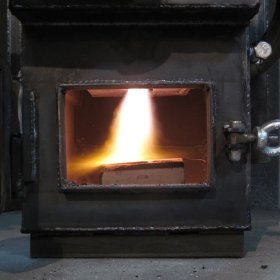
How to heat the house on cold winter days? Access to the gas pipeline is not everywhere, and the prices for “blue fuel” are constantly growing. Firewood or coal - uncomfortable, electricity - too expensive. Where it is possible to use wood or special extruded braces as fuel, the installation that uses the principles of pyrolysis combustion is considered the optimal output. The efficiency of such an aggregate is quite high, but the prices of industrial models significantly “bite”. An obvious solution to the problem is to make a pyrolysis boiler with your own hands. Many craftsmen have successfully completed this complex process. Let us deal with you in this matter.
Content
What is pyrolysis combustion
It is not very convenient to fire with wood, since under normal conditions, wood burns very quickly, and a significant part of the heat is not used. You have to constantly load fuel into a boiler or furnace. Pyrolysis suggests creating conditions under which the fuel burns out much more slowly, while giving up a noticeably greater amount of heat. This effect is achieved when the wood burns out at a low oxygen content, that is, very slowly. As a result, ash, coke and combustible gas are formed.
This gas in a pyrolysis plant mixes with air and also burns at very high temperatures, releasing a significant amount of thermal energy. Thus, the principle of operation of the pyrolysis boiler includes two stages of combustion:
- first, with a limited supply of oxygen, wood burns, emitting combustible gas;
- then the combustion of the air-gas mixture.
A similar principle of two-stage combustion is used in various home-made installations, for example, in a slow-burning wood-burning stove and even in solid fuel generators that allow the use of firewood as fuel for cars. However, the operation of the pyrolysis boiler should be correctly adjusted so as not to damage the heating system of the house.
The high price of industrial boilers is justified. Firstly, because they are created using high-quality materials that can withstand high combustion temperatures (heat-resistant iron, 8 mm alloy steel, chamotte clay, etc.). Secondly, due to the complex automatic control system, which ensures high efficiency of the equipment.
To ensure maximum combustion effect, the temperature of heating of firewood and their initial humidity are taken into account, since the process of water evaporation noticeably affects the amount of energy released.To control the combustion process, it is necessary to carefully control the amount of air supplied to the installation. Air supply is carried out using a fan, for the operation of which you will need constant access to electricity. The presence of a fan turns the pyrolysis boiler into an electrically dependent installation. In the event of a power outage, it is recommended that you use an uninterruptible power supply (UPS) or other similar device.
Advantages and disadvantages of using a pyrolysis boiler
Pyrolysis boilers have the following advantages:
- lack of soot and caustic smoke, minimal emission of combustion waste; This is one of the most environmentally friendly types of stoves;
- any solid dry fuel, for example, garment waste, can be used for work;
- high-quality fuel provides 12 hours of continuous operation of the boiler in one portion of fuel, that is, firewood will have to be loaded only twice a day;
- economical technology, utility costs are reduced by an average of 60% per year;
- the use of pyrolysis technology allows automating the control of the combustion process, which increases the safety of the furnace.
Disadvantages should also be considered:
- before the equipment pays off, you will have to invest a lot of money in the purchase of the boiler and its installation, but from the first days of operation its efficiency will become noticeable;
- the fuel used should have a humidity of about 20%, otherwise combustion will stop. Therefore, wet fuel must be dried;
- the boiler may go out if the coolant temperature is not high enough. This problem is solved by installing a bypass pipe. Such a change complicates the design and reduces work efficiency.
- if an electric pump is used to pump air, the operation of the boiler becomes dependent on the mains.
Analysis of the scheme, drawings and calculations
To better understand the principle of operation of the device, it is recommended to study the pyrolysis boiler circuit.
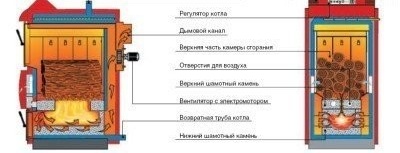
Before starting work, it is recommended that you carefully study the pyrolysis boiler design to understand the principles of its operation and avoid errors
It reflects the position of such necessary elements as:
- air hole;
- the combustion chamber;
- smoke channels;
- pipes for supplying and discharging water;
- regulators;
- fan installation location, etc.
Since the pyrolysis boiler is a rather complicated device, it is recommended to stick to the drawing when making it. One of the most common models of the device, which is suitable for self-manufacturing, is presented below:

This drawing shows in detail the design of a pyrolysis boiler, which can be done with your own hands. It is recommended that you strictly comply with all dimensions specified by the developer.
Typically, a 40 kW boiler is used for a private house. If this indicator needs to be increased or decreased, it is recommended to change the device parameters accordingly. The necessary data are presented in the table:
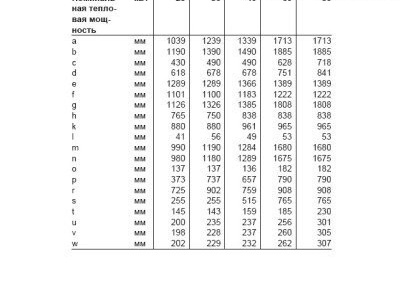
To make a pyrolysis boiler of suitable capacity with your own hands, you need to make elements of the appropriate size. The right aspect ratio guarantees a successful result.
A 25-30 kW boiler may be the best choice for a small house. The manufacture of a small unit will save both time and money.
How to make the unit yourself
To make such a complex device, you will need a fairly wide range of tools and materials. Here is a sample list of them:
- electric drill;
- welding machine (recommended direct current model);
- several packages of electrodes;
- Bulgarian;
- grinding wheel 125 mm;
- 230 mm cutting wheel;
- metal sheets 4 mm;
- a set of pipes of various diameters;
- set of professional pipes 2 mm;
- several strips of steel of different widths and thicknesses;
- fan;
- thermal sensor.
From metal sheets
- You can buy steel sheets and pipes, cut them into pieces of the right size at the metal base. Guillotine cutting will ensure dimensional accuracy, make it possible to make perfect cuts and even welds.
- First you need to weld the combustion chamber and gas, for this we take steel sheets. Between the cameras we fix the supports for the grate, which will serve as a partition.
- Weld the back wall to the finished chambers, and vents to the side ones. They can be made of a channel or a professional pipe, having previously made holes for ventilation. Cut a hole in the combustion chamber to secure the air pipe and weld a pipe to it. Install a smoke exhaust between the pipe and the chimney. The air pipe is connected to the pyrolysis boiler with a special 20x20 professional pipe.
- Then weld the tubular heat exchanger. For it, you need to take two rectangular sheets and cut holes in them for pipes. The diameter of the tubes is 57 mm. Divide the 57 mm pipe into equal segments, insert and weld to the holes in the plates around the perimeter, a finished design is obtained. The throttle and heat exchanger must be attached to the boiler.
- Weld the front wall with pre-cut round holes for the air inlet and outlet pipes. Now you can mount the cover, and fasten the hog in place of the damper. Brush all welds with a metal brush or grinder with a special nozzle. The inside is ready. The boiler must be completely tight, therefore, at this stage, it is necessary to check the quality of welding with water, having previously closed the openings for the coolant inlet with plugs. Leak points should be marked and brewed.
- Assemble the outer casing from a metal sheet with a thickness of 4 mm and a corner. Attach threaded rods to open the throttle and heat the top cover. Outside, cover the entire structure with an outer casing, then mount the vent pipe.
- Next, weld the hinges, put on a door on them, lining it with fireclay bricks, lay the brick in the lower chamber as well. Cut the gas gap of the nozzle, the dimensions of which depend on the planned capacity of the boiler.
- Once again we check the tightness with the help of the compressor and eliminate the defects of welding. Boiler performance can be improved by attaching a fan to the oxygen pipe to pump oxygen. The body is covered with a layer of refractory paint from a cylinder. We fix a security group for temperature control and automation for control.
From a gas bottle
If the farm has a used old gas cylinder, then you can make an excellent pyrolysis boiler out of it yourself. The optimum volume of the cylinder for operation is 50 liters. Additionally, fittings, a strip of steel are needed.
- Cut the cylinder at the top, remove the rounded part from which it will be possible to make a cover. to grind, on the side you need to cut the loading hole, where the fuel will flow. Burnt firewood will fall down through the grate from the fittings, leaving a minimum of ash and soot.
- Weld the chimney. For better traction, it is made of different diameters at the beginning and at the end. Cover the structure with refractory paint.
- Make a piston from the pipe and the iron disk to which the blades are welded. When burning, the blades spin and create vortices of air, and the disk prevents the occurrence of an open flame. Firewood smolders and a pyrolysis effect is obtained.
Made of bricks
A brick stove will be more cumbersome, for it you need to allocate a special place.In order for the floor to withstand the significant weight of the furnace and not undergo deformation, it is necessary to make a foundation of concrete, having disassembled part of the finish floor covering.
It is important to understand that a metal boiler is lined with brick, so not only masonry, but also welding work is ahead.
For the construction of the furnace, the master should prepare materials and tools:
- ordinary brick for laying out the foundation, 100 pcs. fireclay bricks, 350 pcs. refractory ceramic bricks. The quantity may vary depending on the size of the boiler;
- blowing and furnace doors;
- basalt cardboard;
- steel sheet with dimensions of 6000x1500 mm and a thickness of 3-4 mm;
- professional pipe 800x400 and pipes 57 mm, 32 mm and 159 mm;
- cast iron grate - 3 pcs.;
- a fan with a power of at least 300 watts;
- lever temperature regulator;
- welding machine;
- drill;
- a grinder with a large and small circle diameter;
- set of electrodes;
- thermal sensor.
Step-by-step instructions for installing a brick pyrolysis furnace:
- It is very important to choose a suitable and uncomplicated layout scheme and draw up a working drawing on it. According to the chosen scheme, to bring the base to zero with an ordinary brick, waiting for the concrete base to completely dry.
- Refractory bricks lead the masonry using a level and clay-sand mortar, which is suitable for high temperatures. In the front row, make several slits in the seam thick for convection. Insert a frame around the doors and lay basalt cardboard, which compensates for the thermal expansion of metal parts.
- To make internal partitions with fireclay bricks. Build a chimney, overlay it, constantly overwriting the inside of the masonry. Finish laying according to the scheme, mount metal elements.
In addition, a number of recommendations should be followed:
- the recommended thickness of the steel used in the independent manufacture of the pyrolysis boiler is 4 mm. However, in order to save money, a three millimeter steel can be used for the device case;
- the fuel loading hole in self-made models is usually placed slightly higher than in conventional solid fuel boilers;
- it is necessary to install a limiter that will allow you to control the amount of air entering the fuel chamber, as well as timely lay firewood or briquettes;
- for the manufacture of a limiter, you can use a pipe with a diameter of about 70 mm, a length slightly larger than the device body;
- a steel disk should be welded to the bottom of the limiter, forming a gap of about 40 mm with the pipe walls;
- to install the limiter in the boiler cover, make an appropriate hole;
- the firewood loading hole should be made rectangular. Cover this hole with a door, with a special steel plate providing a secure fit;
- below you need to make a hole to remove ash;
- the pipe through which the coolant moves inside the boiler must be made with a bend in order to maximize heat transfer;
- the amount of coolant entering the boiler can be adjusted using an external valve.

The body of the pyrolysis boiler should be made of sufficiently strong steel capable of withstanding high temperatures. Metal thickness must be at least 3 mm
What fuel to use
For economical and efficient operation of the pyrolysis boiler, any solid fuel can be used: firewood, coal, peat, pellets, and other combustible materials. The main condition necessary to maintain the pyrolysis combustion process is a low humidity indicator, not more than 20%. Wetter fuel must be specially dried to the desired level.
The possibility of using waste wood, sewing, oil mill and other types of production makes this furnace even more profitable in operation. The wood content should be at least 70%.
In conventional stoves, firewood needs to be planted every two to three hours. For the winter period, about 10 cubic meters of firewood are consumed. In pyrolysis boilers, wood burning lasts 12 hours, saving up to 40% during the winter.
Coal burns much longer, up to five days, respectively, not only fuel is saved, but also time. There are models that are equipped with automatic equipment for feeding pellets, that is, they work offline for a long time.
Safety Requirements and Operating Rules
Long-burning boilers, like any other heating equipment, are fire hazardous, since the combustion processes in such a device can reach very high temperature values. When installing and using it, the following recommendations must be observed:
- place the boiler on a concrete or brick base, put a metal sheet from 2 mm thick in front of the firebox to protect the floor from accidentally dropped coals;
- the distance to the walls is at least 20 cm, and as far as possible from the furniture;
- It is desirable to have a separate boiler room, the opening for ventilation in it should be at least 100 square meters. cm;
- It is also recommended to carefully insulate the chimney through which combustion products are discharged. The lack of thermal insulation will not only lead to heat loss, but also cause the formation of tar and condensate, which contribute to premature wear of equipment and numerous breakdowns;
- automation with temperature sensors will allow to establish autonomous operation of the boiler and ensure fire safety. It is automation that regulates the correct mixing of combustible gas with air according to a special scheme;
- Be sure to set the safety group of the boiler: pressure gauge, automatic air vent and emergency valve, which vents air at overpressure;
The construction or assembly of a long-burning boiler is neither simple nor cheap. Having made all the costs, calculations and doing all the work strictly according to technology once, the zealous owner gets an economical and high-performance boiler, which in the process of work will save the family budget and time, makes the house warm and cozy in winter cold. Subject to the rules of operation, this stove will heat rooms and heat water, and will function properly for many years.
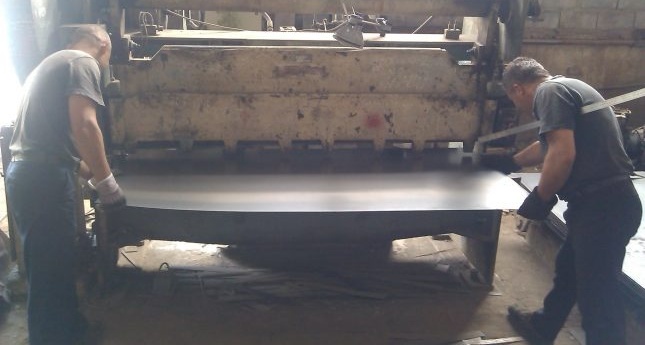
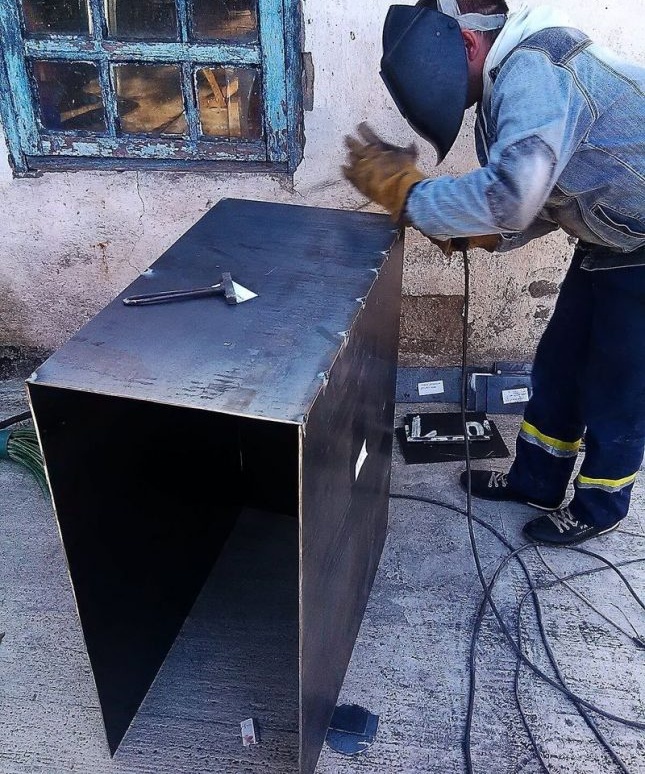
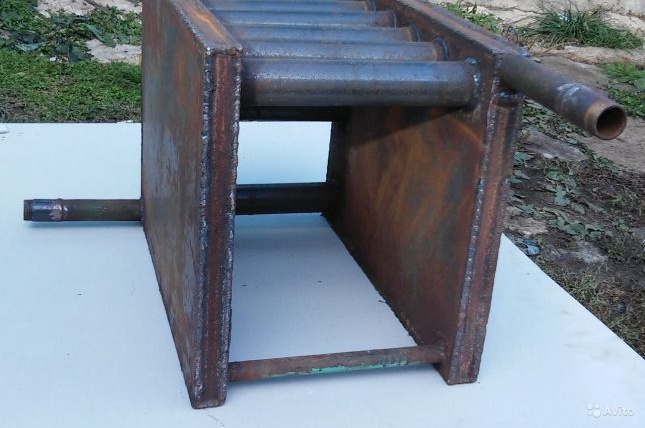
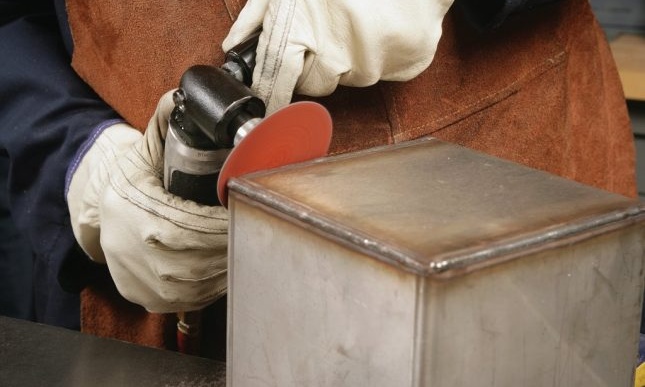
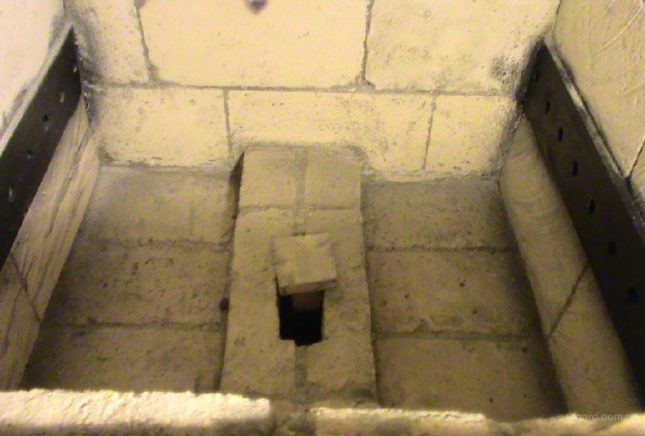
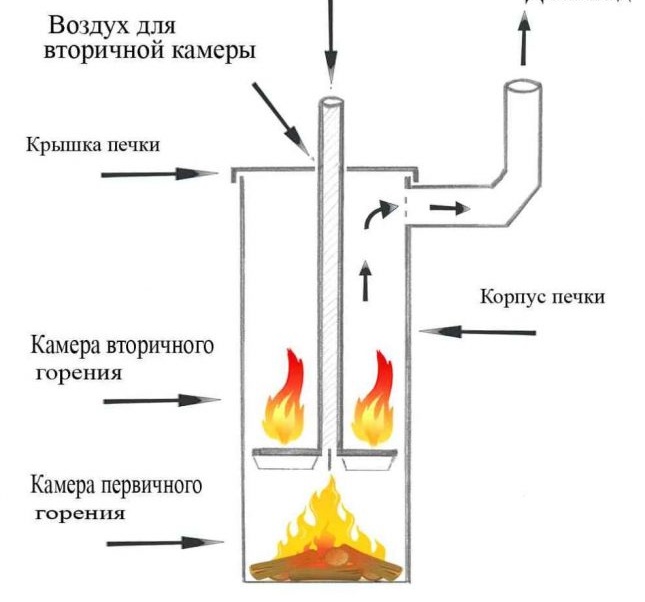
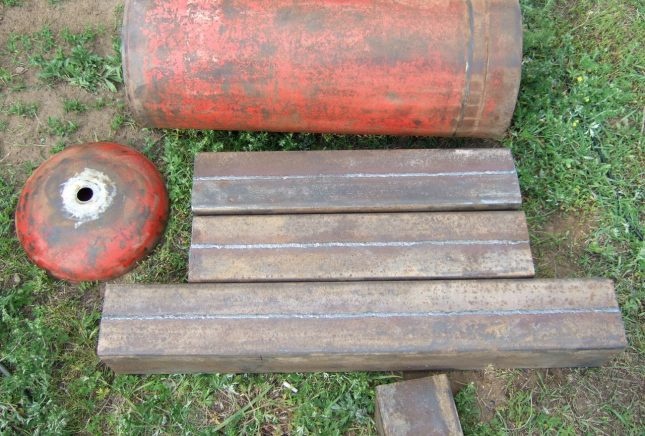
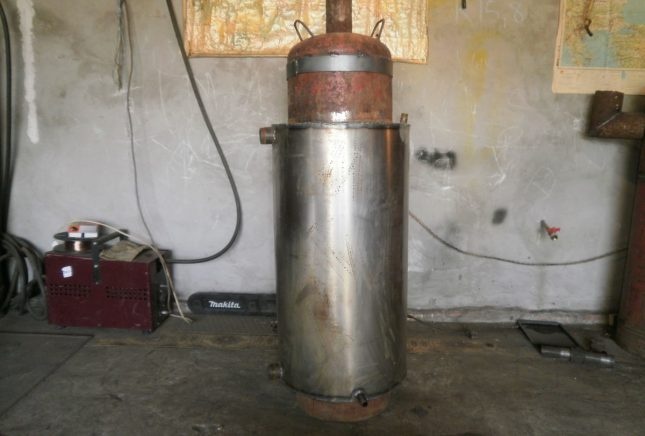
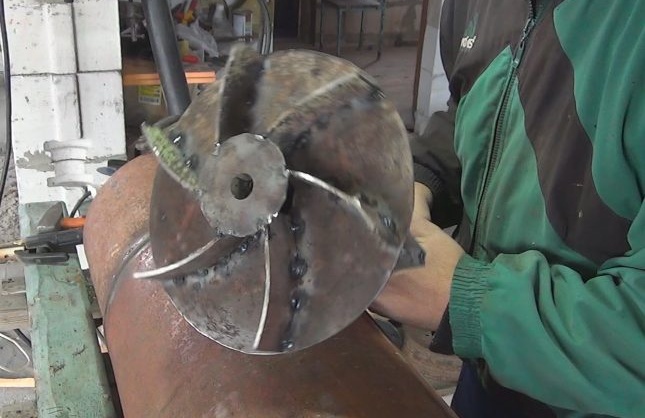
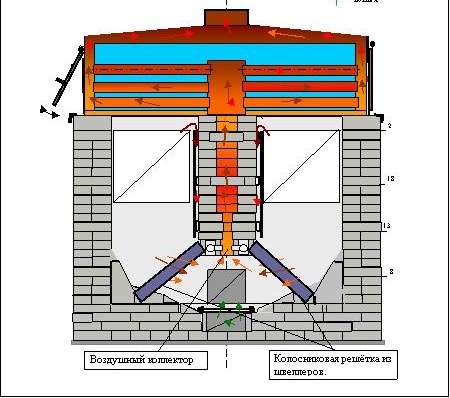
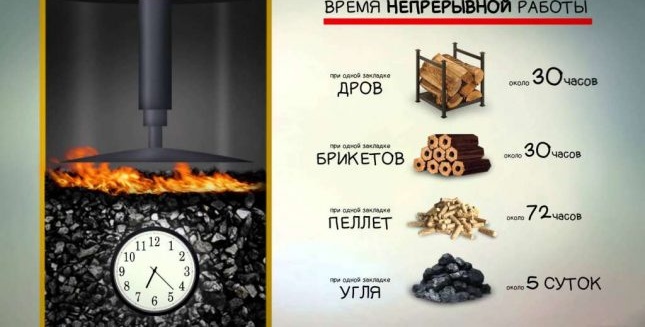
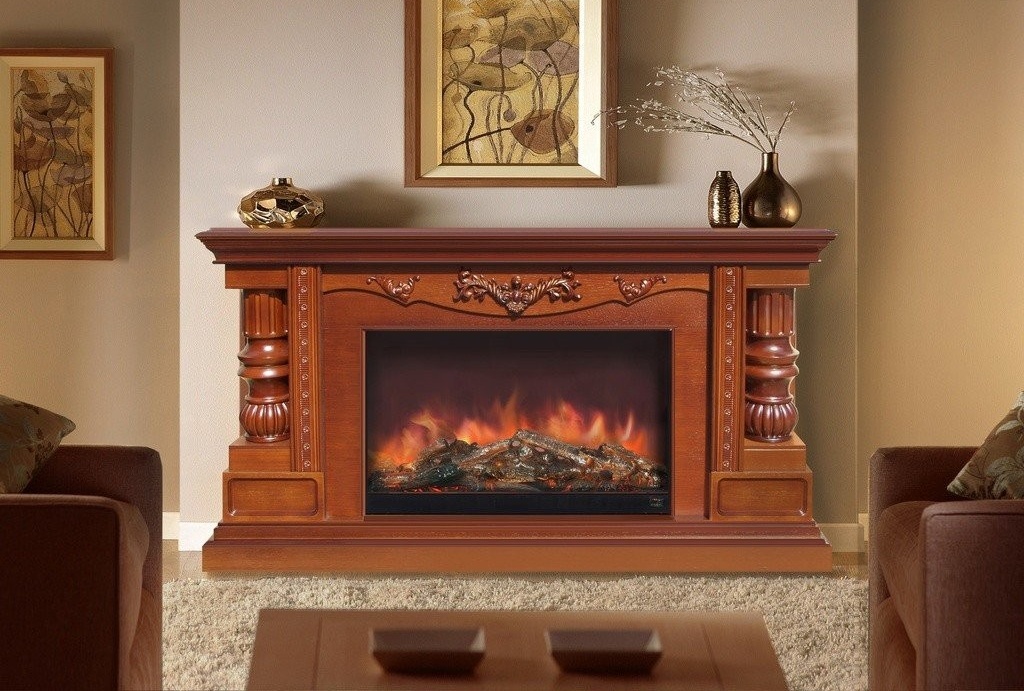
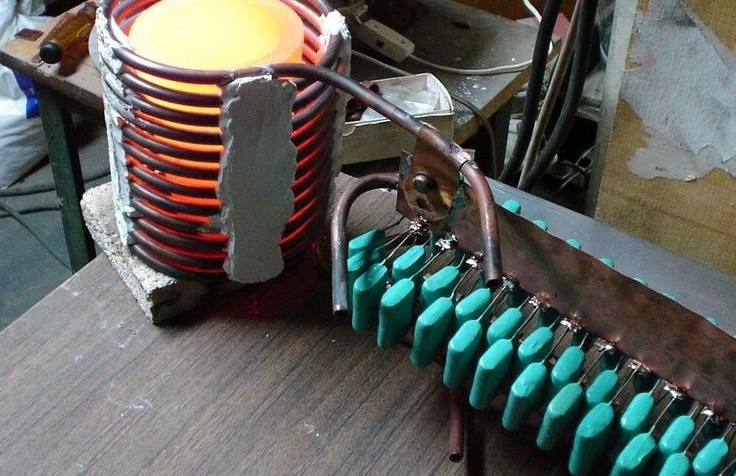
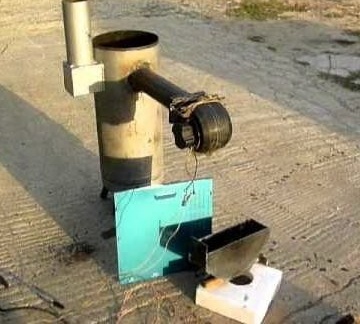
7 comments